A lot of AI GPUs consume a lot of power.
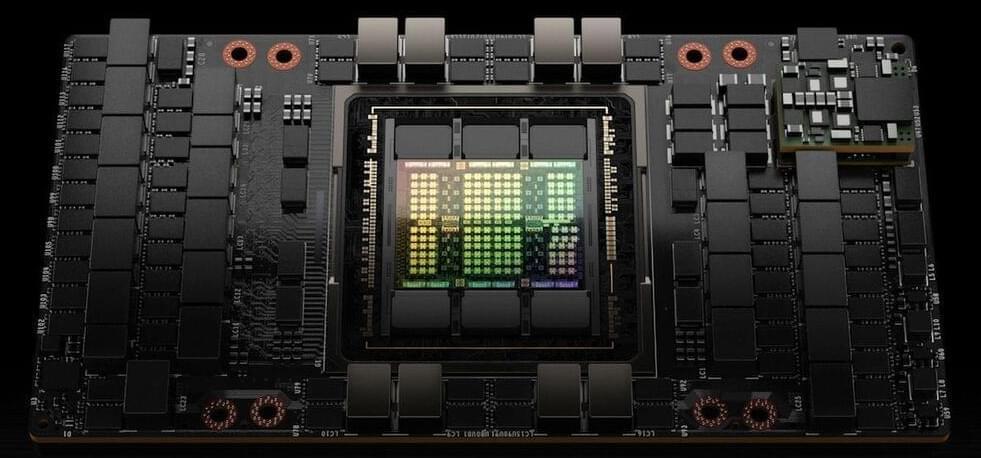

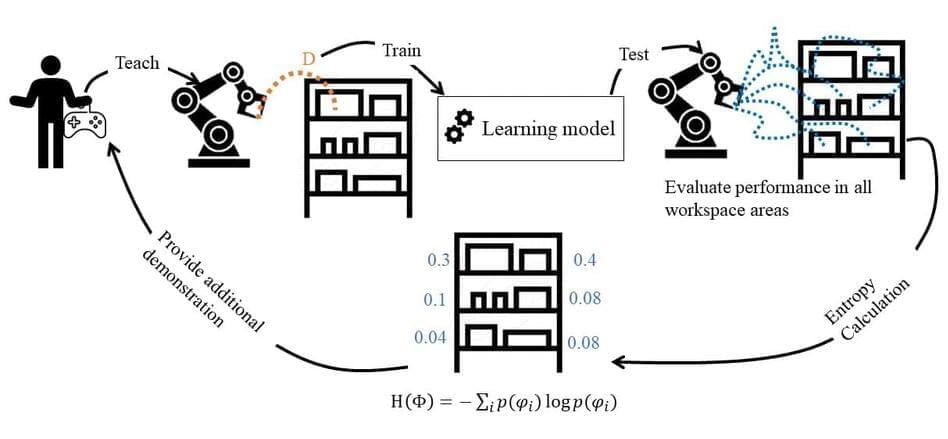
To effectively assist humans in real-world settings, robots should be able to learn new skills and adapt their actions based on what users require them to do at different times. One way to achieve this would be to design computational approaches that allow robots to learn from human demonstrations, for instance observing videos of a person washing dishes and learning to repeat the same sequence of actions.
Researchers at University of British Columbia, Carnegie Mellon University, Monash University and University of Victoria recently set out to gather more reliable data to train robots via demonstrations. Their paper, posted to the arXiv preprint server, shows that the data they gathered can significantly improve the efficiency with which robots learn from the demonstrations of human users.
“Robots can build cars, gather the items for shopping orders in busy warehouses, vacuum floors, and keep the hospital shelves stocked with supplies,” Maram Sakr, one of the researchers who carried out the study, told Tech Xplore. “Traditional robot programming systems require an expert programmer to develop a robot controller that is capable of such tasks while responding to any situation the robot may face.”
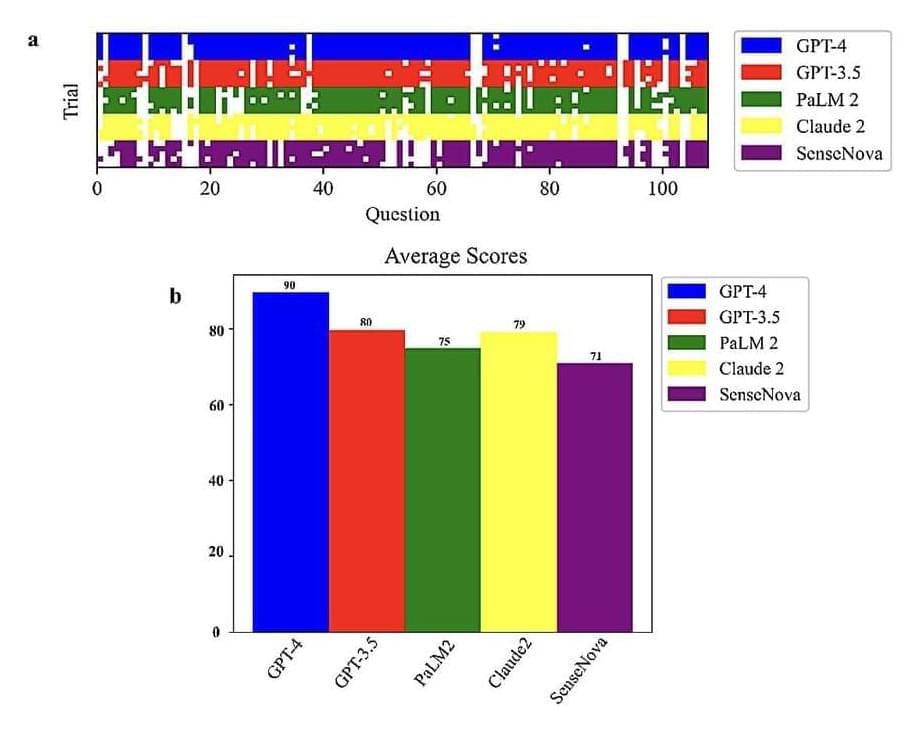
Large language models (LLMs) are advanced deep learning algorithms that can process written or spoken prompts and generate texts in response to these prompts. These models have recently become increasingly popular and are now helping many users to create summaries of long documents, gain inspiration for brand names, find quick answers to simple queries, and generate various other types of texts.
Researchers at the University of Georgia and Mayo Clinic recently set out to assess the biological knowledge and reasoning skills of different LLMs. Their paper, pre-published on the arXiv server, suggests that OpenAI’s model GPT-4 performs better than the other predominant LLMs on the market on reasoning biology problems.
“Our recent publication is a testament to the significant impact of AI on biological research,” Zhengliang Liu, co-author of the recent paper, told Tech Xplore. “This study was born out of the rapid adoption and evolution of LLMs, especially following the notable introduction of ChatGPT in November 2022. These advancements, perceived as critical steps towards Artificial General Intelligence (AGI), marked a shift from traditional biotechnological approaches to an AI-focused methodology in the realm of biology.”
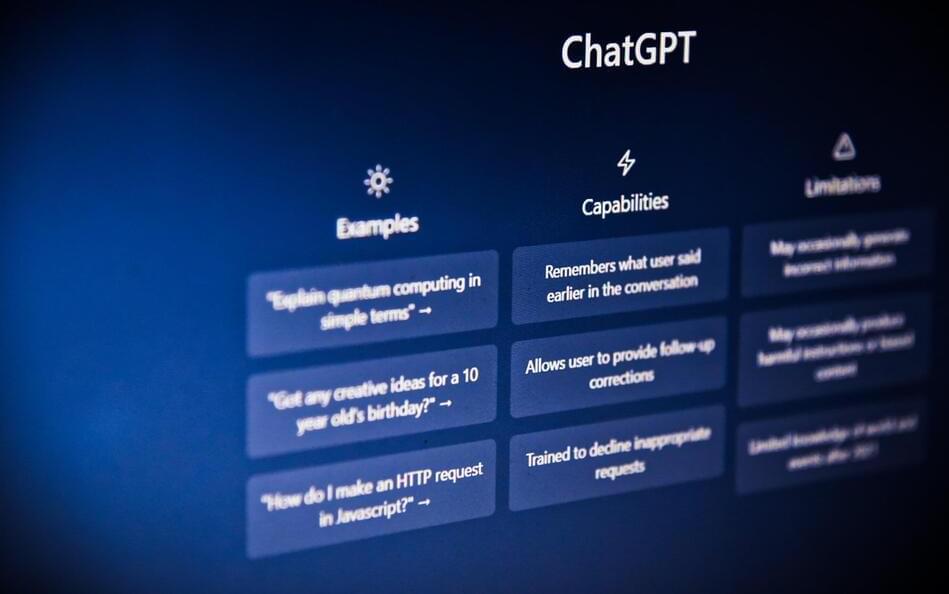
New research into large language models shows that they repeat conspiracy theories, harmful stereotypes, and other forms of misinformation.
In a recent study, researchers at the University of Waterloo systematically tested an early version of ChatGPT’s understanding of statements in six categories: facts, conspiracies, controversies, misconceptions, stereotypes, and fiction. This was part of Waterloo researchers’ efforts to investigate human-technology interactions and explore how to mitigate risks.
They discovered that GPT-3 frequently made mistakes, contradicted itself within the course of a single answer, and repeated harmful misinformation. The study, “Reliability Check: An Analysis of GPT-3’s Response to Sensitive Topics and Prompt Wording,” was published in Proceedings of the 3rd Workshop on Trustworthy Natural Language Processing.
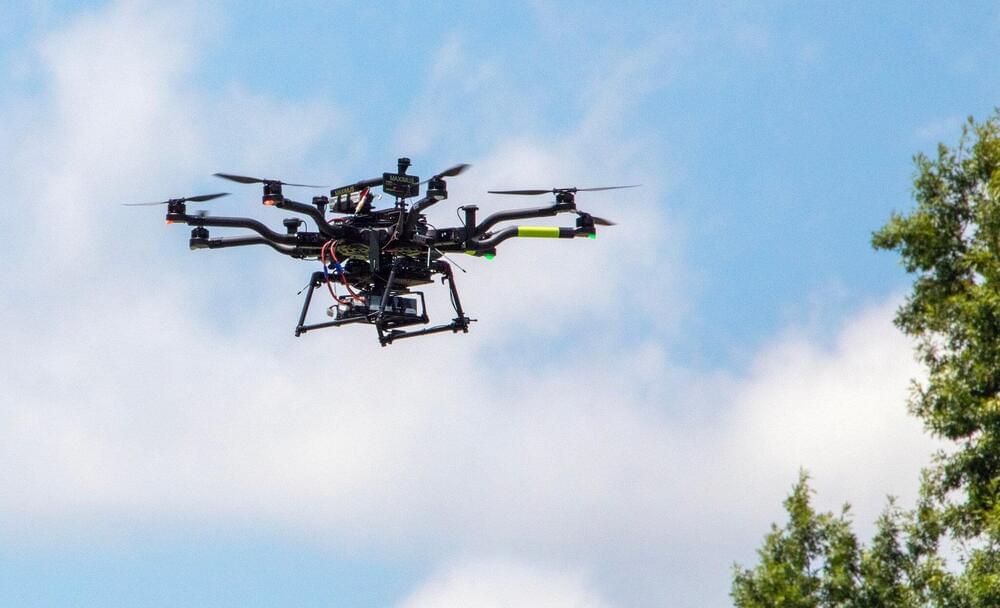
Researchers at NASA’s Langley Research Center in Hampton, Virginia recently flew multiple drones beyond visual line of sight with no visual observer. The drones successfully flew around obstacles and each other during takeoff, along a planned route, and upon landing, all autonomously without a pilot controlling the flight. This test marks an important step towards advancing self-flying capabilities for air taxis.
“Flying the vehicles beyond visual line of sight, where neither the vehicle nor the airspace is monitored using direct human observation, demonstrates years of research into automation and safety systems, and required specific approval from the Federal Aviation Administration and NASA to complete,” said Lou Glaab, branch head for the aeronautics systems engineering branch at NASA Langley.
It is safer and more cost-effective to test self-flying technology meant for larger, passenger carrying air taxis on smaller drones to observe how they avoid each other and other obstacles.
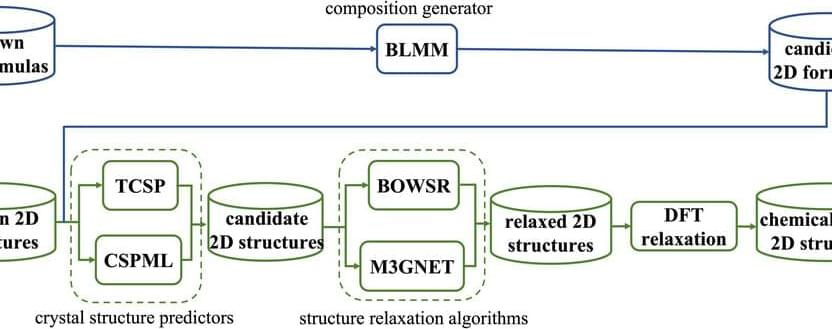
A world-first, non-invasive AI system can turn silent thoughts into text while only requiring users to wear a snug-fitting cap.
The Australian researchers who developed the technology, called DeWave, tested the process using data from more than two dozen subjects.
Participants read silently while wearing a cap that recorded their brain waves via electroencephalogram (EEG) and decoded them into text.

How do we solve the problem of job displacement? “The best way out is always through,” as Robert Frost said.
In the face of AI advancements, it’s time to double down on our uniquely human capabilities: imagination, anticipation, emotions and judgment—traits that machines cannot replicate.
AI has proven itself capable of tackling routine tasks within closed management systems but struggles when faced with open-ended problems requiring creativity and adaptability—a realm where humans reign supreme. Remember, there is more to work than simply executing tasks; there’s also vision-setting, team-building and innovation-driving. These areas are immune from automation because they require “the human touch.”

The idea of machines overcoming humans can be intrinsically related to conscious machines. Surpassing humans would mean replicating, reaching and exceeding key distinctive properties of human beings, for example, high-level cognition associated with conscious perception. However, can computers be compared with humans? Can computers become conscious? Can computers outstrip human capabilities? These are paradoxical and controversial questions, particularly because there are many hidden assumptions and misconceptions about the understanding of the brain. In this sense, it is necessary to first explore these assumptions and then suggest how the specific information processing of brains would be replicated by machines. Therefore, this article will discuss a subset of human capabilities and the connection with conscious behavior, secondly, a prototype theory of consciousness will be explored and machines will be classified according to this framework. Finally, this analysis will show the paradoxical conclusion that trying to achieve conscious machines to beat humans implies that computers will never completely exceed human capabilities, or if the computer were to do it, the machine should not be considered a computer anymore.
Keywords: artificial intelligence, information processing, cognitive computing, type of cognition, super machine, conscious machine, consciousness.
During many centuries, scientists and philosophers have been debating about the nature of the brain and its relation with the mind, based on the premise of an intrinsic dualism, typically called mind-body problem (Searle, 1990; Chalmers, 1995). Arguments take one form or another, however, most of them can be reduced to one kind of dualist or non-dualist view (Lycan and Dennett, 1993). The importance of these debates acquires even more relevance when the question is stated as the possibility to build machines which would be able to reproduce some human capabilities such as emotion, subjective experiences, or even consciousness.
Immigration to and living on Mars have often been themes in science fiction. Before these dreams can become reality, humanity faces significant challenges, such as the scarcity of vital resources like oxygen needed for long-term survival on the Red Planet. Yet, recent discoveries of water activity on Mars have sparked new hope for overcoming these obstacles.
Scientists are now exploring the possibility of decomposing water to produce oxygen through electrochemical water oxidation driven by solar power with the help of oxygen evolution reaction (OER) catalysts. The challenge is to find a way to synthesize these catalysts in situ using materials on Mars, instead of transporting them from the Earth, which is of high cost.